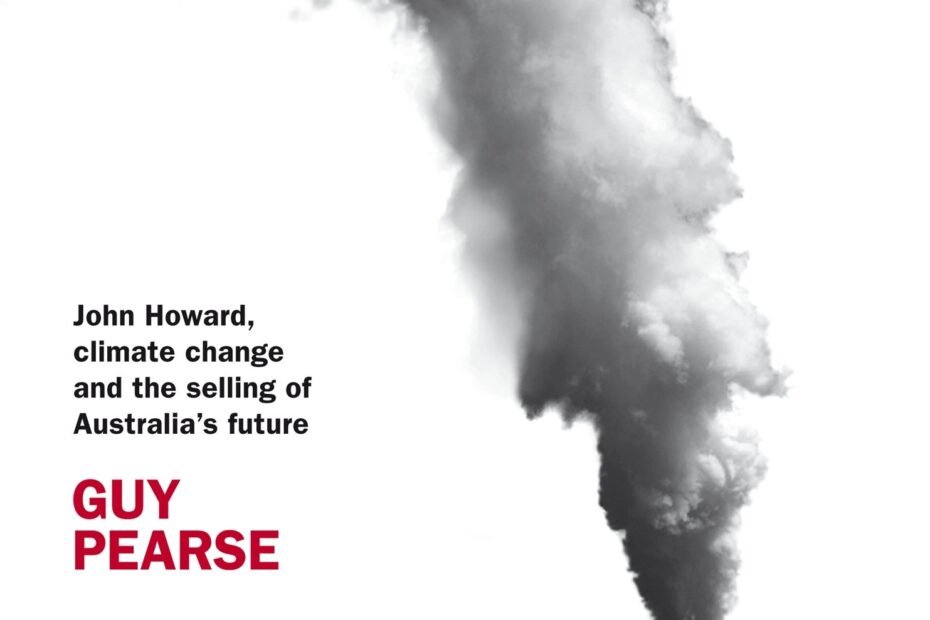The rise of the Green-Teal tide on the weekend speaks volumes about environmental politics.
Geoff Ebbs reflects on the implications for the Liberals and the Greens
The destruction of the Liberal Party by Scott Morrison has many dimensions including integrity, misogyny, gender wars, culture wars and climate wars. Both the Teal independents and the Greens benefited from Labor’s luke-warm stance on any of these issues as they pacify their dominant right wing. Plenty of political commentators will ruminate on those general dimensions of the fundamental shift in Australian politics. This piece specifically focuses on the lessons to be learned from the environmental politics of the last three decades for those of us in a position to shape the future. Two points deserve special attention: the hollowing out of the Liberal Party and the impact of Climate 200 on the environment movement. This article deals with the first.
Howard Hollowed the Liberal Left

There is plenty of analysis about the loss of the Liberal moderates and the challenges of the pathway back. The historical part of that analysis has the function of identifying past mistakes to avoid them in the future and to map the path forward. Since Saturday night many Liberals and commentators have identified their pet point: Simon Birmingham nominated Abbott’s choice to blow up the party rather than implement the National Energy Guarantee while Michael McCormack thinks Barnaby may have had something to do with it. Others blame Morrison for sacrificing inner-city moderates on the mistaken assumption that he had outer suburban tradies in the bag with huge tax-breaks, injections of cash into domestic construction and apprentice-ships while scooping up the disaffected right with dog-whistling on religious freedom and gender politics.
Of course, some people want to shift the blame away from the party itself. Senator Sarah Ferguson maintains that they were a great government that the people loved and the Teals stole the election. In a very nasty outburst on election night, journalist Annabelle Crabbe cut through those vague assertions and got stuck into Simon Holmes a Court for interfering in the “normal” political process by funding independents.
All these analyses miss the point that the hollowing out of the Liberal Party was well under way over two decades ago under Howard. I interviewed Guy Pearse in 2008 on the launch of his book High and Dry. The snip of him discussing the clearing out of the left of the Liberal Party in the 1990s (25 years ago) and its impact on climate policy is highly instructive. The full version of that interview is available in Part 1 and Part 2 on the EcoRadio website.
The relevance of this 25 years later is not limited to lessons for the Liberals, it has huge significance for the environment movement.
https://ecoradio.net/wordpress/wp-content/uploads/2022/05/Pearse2008.mp3
https://ecoradio.net/thegenerator/soundfiles/Guy_Pearce1.mp3
https://ecoradio.net/thegenerator/soundfiles/Guy_Pearce2.mp3
Capitalists for Climate Change
The Teals represent the emerging zeitgeist that green economics is the key to avoiding the Climate Emergency. The evidence is everywhere. Currently, Kim Stanley Robinson’s Ministry for the Future is heating up suburban bookclubs with its proposition.
The fact that there are now three or four Greens in the lower house is a significant increase in the fortunes of The Greens. By way of disclosure, I worked hard to achieve exactly that as an active member of the Greens and four times federal candidate, from 2002 until 2016. That achievement, however is overshadowed by the number of independents. The reality is that the Greens have consistently presented a left leaning flavour of environmentalism and could not take Liberal seats, even with high profile candidates like Julian Burnside. At all levels of government, Greens success has largely come by agitating at the left of the ALP in the inner-city and Greens success in regional areas, such as Byron Bay have largely been seen as an aberration.
It is notable that the rise of Greensland in the capital of Queensland occurred in the absence of Teal independents. It is also due to strong grass roots campaigning using the same model developed by Barrack Obama based on Saul Zalinsky and adopted by Adam Bandt and by the Indi movement. Queensland Greens have traditionally been less left than some of their southern brethren because the party incorporated the apparatus of the Australian Democrats rather than being built on the remnants of the Socialists as it is in NSW.

Pingback: Konstantin Caged – Geoff Ebbs